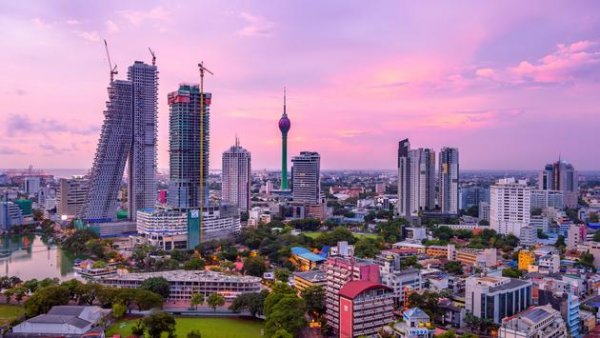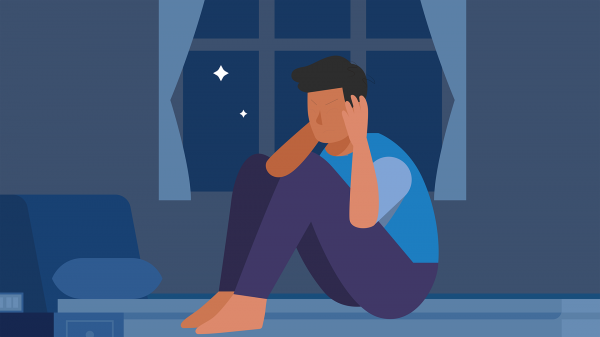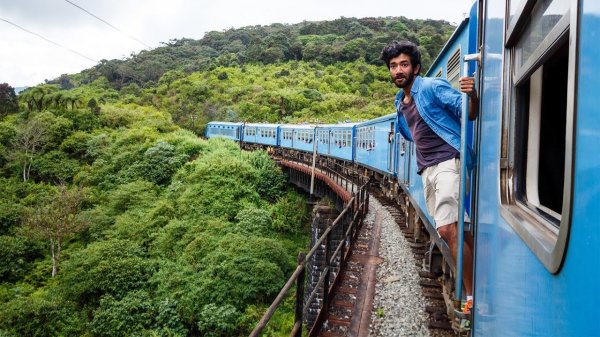
From the icky kola kandha that our mothers painstakingly made for breakfast sometimes, to the bitter koththamalli or pas panguwa they made whenever we were sneezing or coughing, Sri Lankan households have hardly ever been short of a herbal remedy that could keep the common cold or cough — and sometimes even worse symptoms — at bay. Here is a look at how our families dealt with infectious and contagious diseases from the sniffles to measles, mumps and chickenpox, when Western medicine was scarce.
Neem Leaves, Turmeric Water and Herbal Concoctions
Neem (margosa) leaves, turmeric and lime were used in the olden days to combat contagious and infectious diseases such as chicken pox and measles. People would wash their hands with turmeric or neem–or sometimes turmeric and neem-infused water after coming back home from work or from working outdoors. Due to their soothing effect, neem leaves were also used to alleviate the symptoms of measles and chickenpox. Ayurvedic doctors or practitioners told patients with these diseases to lay down on a bed of neem leaves to soothe their skin and stop the itchiness.
Some people even had the practice of placing a bowl of water with lime, charcoal, turmeric and crushed lime leaves at the doors of their houses for people to wash their hands, and even their feet, before entering and leaving a house. Others washed and cleaned the floors of their houses with turmeric water, to kill germs and bacteria that caused contagious and infectious diseases.
Steam inhalation, sometimes with lime leaves placed in hot water, was also a common practice, as was the drinking of pas panguwa or dasa panguwa—koththamalli (coriander) seeds, with other ingredients such as venivelgeta (tree turmeric), black pepper and ginger. The herbal drink was also consumed to boost the body’s natural immunity against such diseases and is still a common herbal remedy in many Sri Lankan homes.
Moreover, herbs such as mountain knotgrass (polpala), tanner’s cassia (ranawara), little ironweed (monarakudumbiya), balloon vine (wel penela) and climbing asparagus (hathawariya) were either boiled to make herbal teas or added to the kola kanda that was consumed for breakfast, to boost the natural immunity and fight against contagious and infectious diseases or cure common illnesses such as the cold or cough.
Tamil families also cooked up rasam, a spicy and flavourful soup made with tamarind extract, pepper, coriander, chillies, cumin and other ingredients stemming from South Indian medical practices. While rasam is believed to have numerous health benefits such as aiding in digestion and preventing constipation, the combination of spices and herbs also helped to relieve symptoms of infectious or contagious diseases such as coughing, runny nose, sore throats and fevers and is said to help build up natural immunity.
‘Medicine Troughs’ And ‘Steam Rooms’
According to the book Heritage of Sri Lanka by W. I. Siriweera, many kinds of illnesses were believed to be caused by “disturbances of the wind (vata), bile (pitta) and phlegm (slesma),” and some of these illnesses were contagious — even leading to many fatalities. Local herbal remedies and treatments (deshiya chikithsa or hela wedakama), were used to treat these illnesses and Ayurveda from North India, Siddha from South India and Yunani from the Middle East too had their influence on our traditional medical practices.
Moreover, ruins of ancient hospitals found alongside the ruins of monasteries located in Anuradhapura, Mihintale, and Polonnaruwa, show that immersion therapy and hot water and steam therapy were popular treatments during the days of the kings. ‘Medicine troughs’— stone receptacles carved out to fit the curves and contours of the human body — used for immersion therapy, were found at ancient hospitals.
According to Siriweera, patients lay down in these ‘medicine troughs’ and were immersed in heated milk, vegetable stock, herbal or medicinal oils, vinegar, ghee or other treatments for specific periods of time, to treat illnesses such as skin diseases, fever, hemorrhoids and even fractures.
There were also other places called Janataghara, which accommodated steam and hot water therapy. According to Siriweera, these Janataghara were basically cistern-type rooms with a ledge, where patients were bathed by one or more attendants. Hot water and steam were generated in-house, and there were also well-laid-out drainage systems for wastewater.
Indigenous Medicine During COVID-19
The 2021 performance report of the State Ministry of Indigenous Medicine Promotion, Rural and Ayurvedic Hospitals Development & Community Health, indigenous medicine has contributed immensely in controlling the COVID-19 pandemic in Sri Lanka.
Some measures taken by the State Ministry to prevent and control COVID-19 include the introduction of the Suwa Dharani immunization drink, residential ayurvedic treatment and homoeopathic treatment for COVID-19 and the introduction of the COVID-19 Home Care Services, COVID-19 Disease Prevention Services and the Emergency Suwa Dharani Health Services.
While the Department of Ayurveda and the Provincial Department of Ayurveda distributed the Suwa Dharani Immunization drink free of charge throughout the country, and the State Ministry made sure the medicine was available for the public, at a concessionary price by the Sri Lanka Ayurvedic Drugs Corporation and 54 private local pharmaceutical companies.
Moreover, in 2021, COVID-19 Inter-Treatment Centers operated at 16 ayurvedic hospitals and around 12,000 patients were provided residential treatment. More than 173,500 in-house COVID-19 patients were also treated using indigenous medical treatments, according to the performance report. The first post-COVID treatment unit was established in September 2021, at the Wickramarachchi Ayurveda Hospital in Gampaha, to provide treatment and counseling services for health and mental problems faced by COVID-19 patients after recovery. Later on, post-COVID treatment units were activated at all ayurvedic hospitals.
The Indigenous Medicine Industry Today
A significant portion of Sri Lanka’s population relies on ayurvedic treatments, home remedies and traditional prevention methods for contagious and infectious diseases. At the moment there are a few Ayurvedic teaching hospitals such as the National Ayurveda Teaching Hospital, Borella (Colombo 08). The Gampaha Wickramarachchi Ayurveda Teaching Hospital, Kaithady Siddha Teaching Hospital and the Koneshpuri Siddha Teaching Hospital are also involved in the standard teaching of Sri Lankan Ayurveda medicine.
According to the Sri Lanka Export Development Board, the global natural and organic personal care products market is currently valued at US$12 billion and is projected to grow exponentially.
This means there will be plenty of opportunities for Sri Lanka to expand Ayurveda and herbal cosmetics production through locally grown herbs and other natural resources and traditional knowledge of Ayurveda and local treatments.
From herbal hair oils to moisturizers and mouthwash, there are now many herbal skincare, hair care and oral care products being manufactured by herbal and ayurvedic cosmetic manufacturers in Sri Lanka, for local and foreign consumers. With the global demand for herbal cosmetic products growing every year, it makes sense that Sri Lanka could cash in on this demand, and bring in the much-needed US dollars.

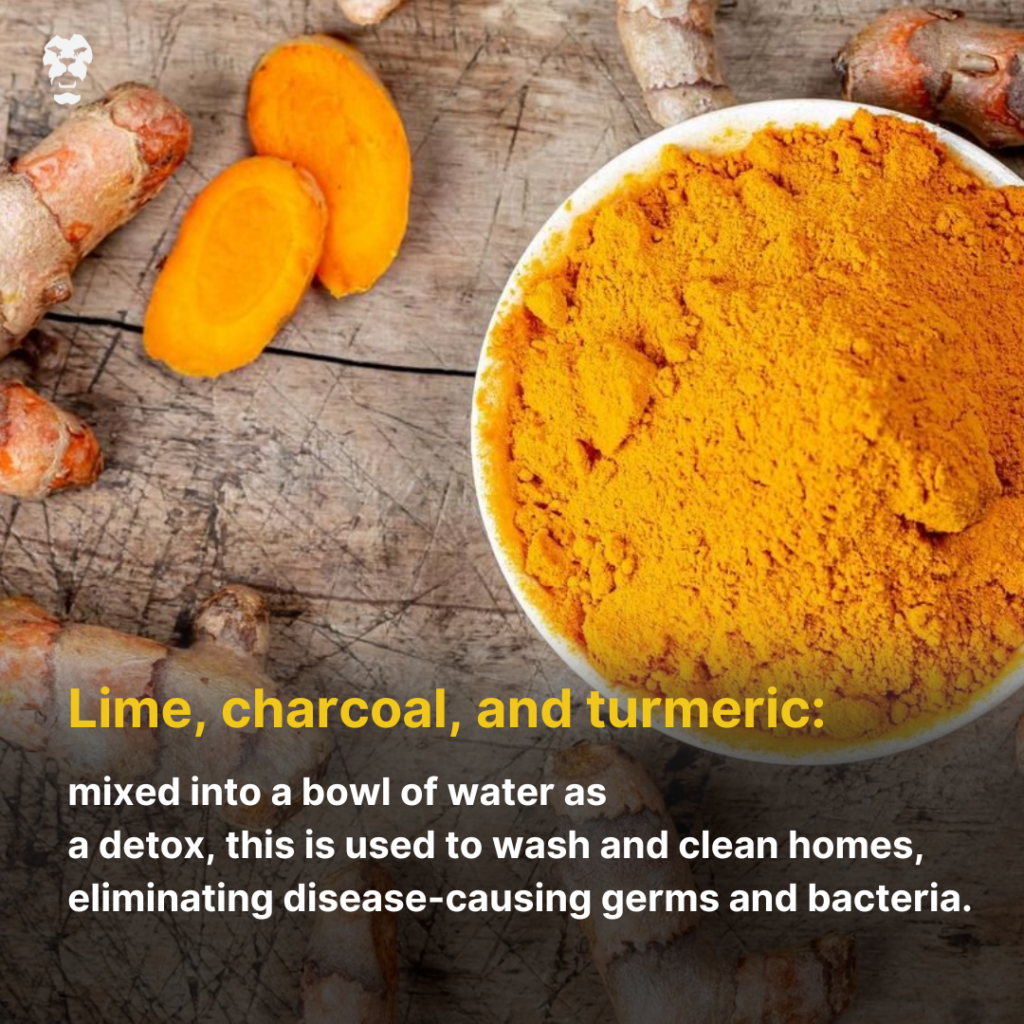




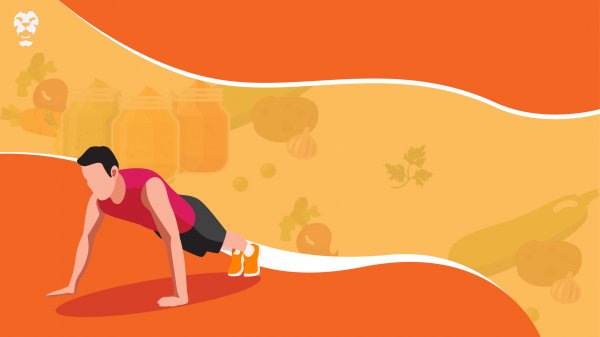


.jpg?w=600)
